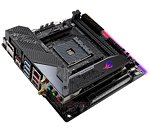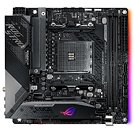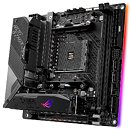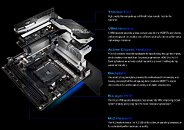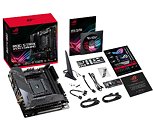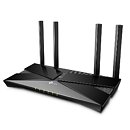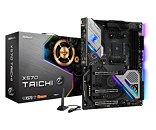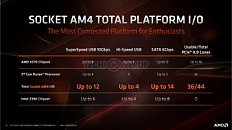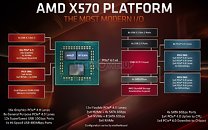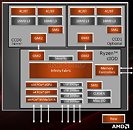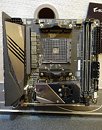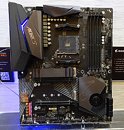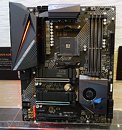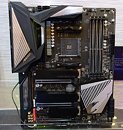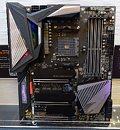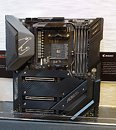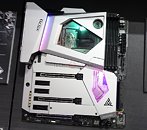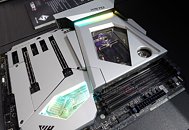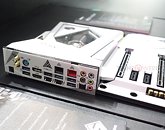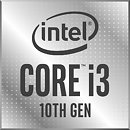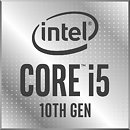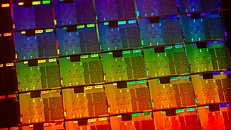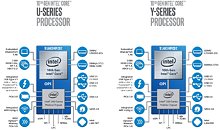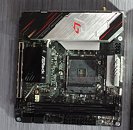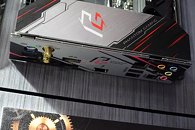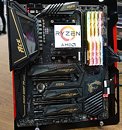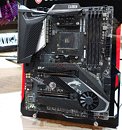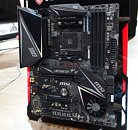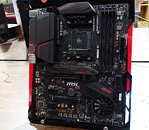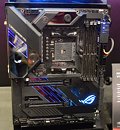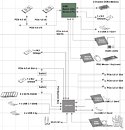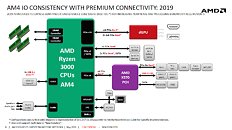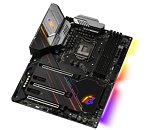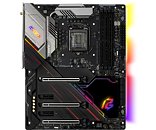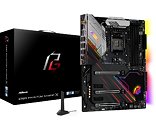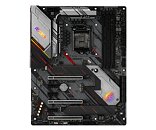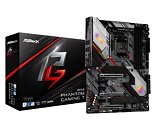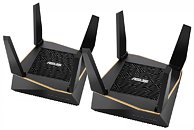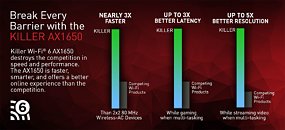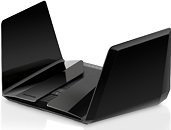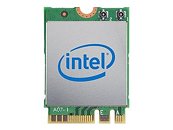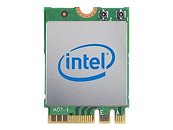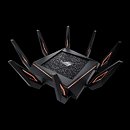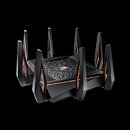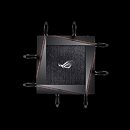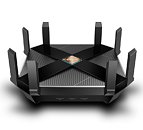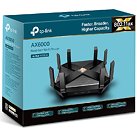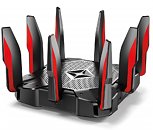
ASUS ROG Strix X570-I Gaming Motherboard Starts Selling
ASUS started selling its premium Mini-ITX motherboard based on the AMD X570 chipset, the Republic of Gamers (ROG) Strix X570-I Gaming. The board was announced as part of ASUS' X570 motherboard lineup back in July, but is only now reaching selves, with an MSRP of USD $220. The board features an elaborate thermal solution that cools the CPU VRM, the fiesty X570 chipset, and an M.2-2280 SSD over a network of interconnected heatsinks that are ventilated by two 30 mm fans. Despite crippling space constraints, ASUS managed to cram in a 10-phase VRM to power the socket AM4 CPU, which is wired to two DDR4 DIMM slots, an M.2-2280 slot, and the board's sole expansion slot, a PCI-Express 4.0 x16.
Storage connectivity on the ASUS ROG Strix X570-I Gaming includes not one, but two M.2-2280 slots, one wired to the AM4 socket, and the other from the X570 chipset. The two M.2 slots are stacked one on top of the other, with a metal heatspreader between them, pulling heat from the drive below to the board's heatsink network. Four SATA 6 Gbps ports make the rest of the storage connectivity. Networking includes WiFi 6 (802.11ax) and Bluetooth 5.0 from an Intel "Cyclone Peak" AX200 card; and 1 GbE wired Ethernet pulled by an Intel i211-AT chip. The onboard audio solution features a Realtek ALC1200A CODEC with dual OPAMPs.
Storage connectivity on the ASUS ROG Strix X570-I Gaming includes not one, but two M.2-2280 slots, one wired to the AM4 socket, and the other from the X570 chipset. The two M.2 slots are stacked one on top of the other, with a metal heatspreader between them, pulling heat from the drive below to the board's heatsink network. Four SATA 6 Gbps ports make the rest of the storage connectivity. Networking includes WiFi 6 (802.11ax) and Bluetooth 5.0 from an Intel "Cyclone Peak" AX200 card; and 1 GbE wired Ethernet pulled by an Intel i211-AT chip. The onboard audio solution features a Realtek ALC1200A CODEC with dual OPAMPs.
